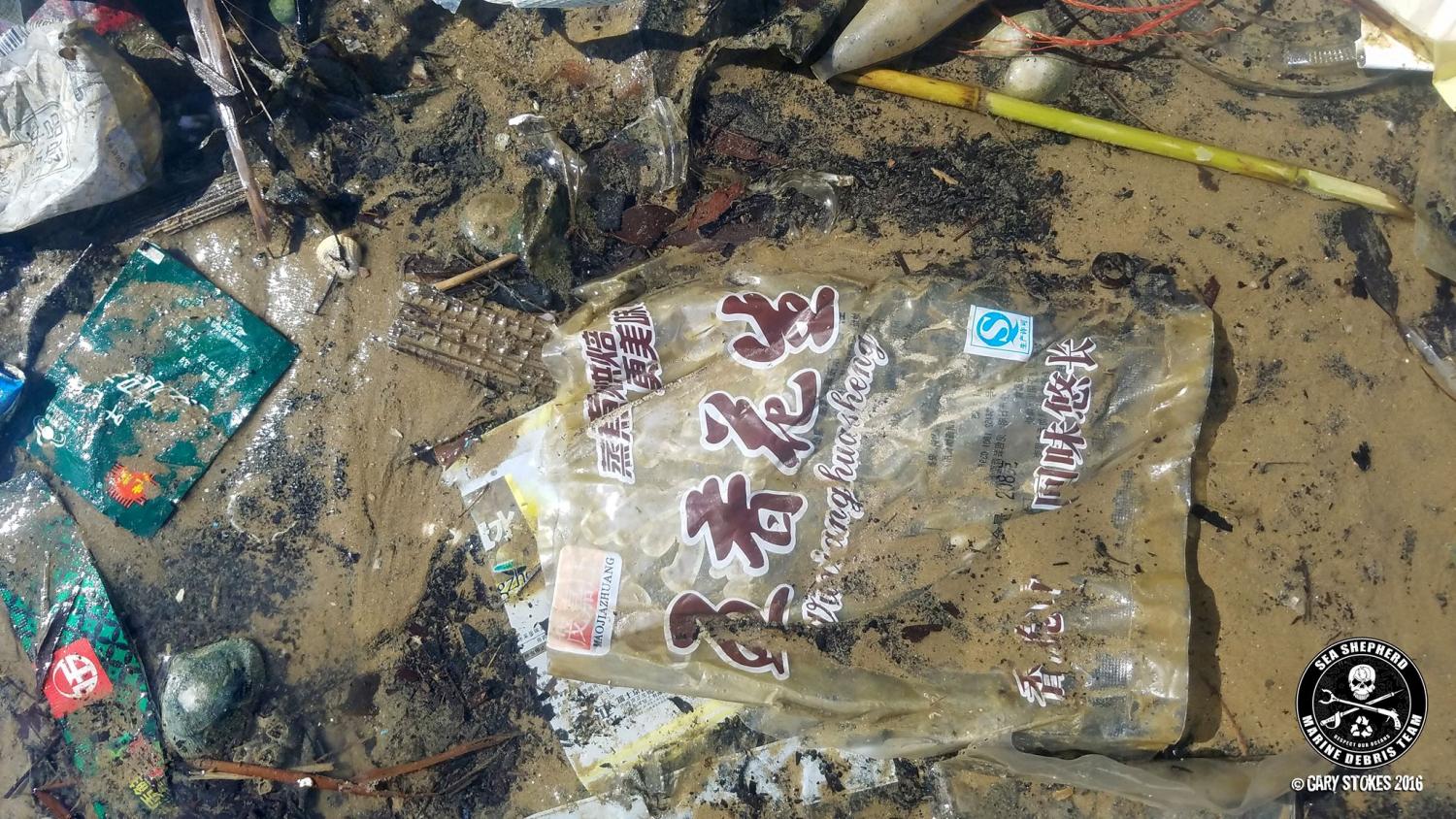
Hong Kong is renowned for its population density, a vibrant business scene, the Star Ferry and magnificent views from Victoria Peak. But the madness of Kowloon or Hong Kong Island can be easily fled for the region’s 100-plus beaches, the best of which are plonked on relatively barren islands such as Lantau and Cheung Chau.
But this summer many of these beaches have been flooded by trash, the vast majority of which has come from mainland China.
While much of Hong Kong is immaculate, garbage remained a festering problem throughout Hong Kong and the surrounding New Territories. In a city and metropolitan area that is home to at least 7.3 million people, garbage will always be a pesky problem. During the 1990s, when I first visited Hong Kong, I would find an isolated beach in southern Hong Kong Island, Lantau or Lamma, only to find a spectacular scene marred by plastic trash.
But the onslaught of trash in recent days has become even worse. Summer is the peak season for China’s notorious monsoons, which made the problem even more dire. Some residents alleged that the government is focusing more on promoting the filthy beaches as a tourist destination instead of taking action in order to clean up them up.
According to Sea Shepherd, an NGO that has confronted ocean pollution and illegal fishing for almost 40 years, the ongoing flood of garbage has accelerated since mid-June. The organization’s Hong Kong chapter documented the ever-piling swathes of trash and continues to post photographs on its Facebook page. Based on a quick scan of company logos, phone numbers and addresses, much of the trash is coming from mainland China. The question, however, is why the constant stream of garbage has surged.
Chinese consumerism, of course, is not helping. As the country’s middle class continues to spike in numbers — CNN Money suggested that its middle class is larger than that of the U.S. — more products, more meals to-go and, therefore, more single-use disposables are available in the nation’s ubiquitous mega-malls and hypermarkets. As publications including The Economist profiled, Chinese consumers are particular about having their products presented in a certain way, which means copious amounts of packaging. In addition, China’s leading travel agency insists that tap water within the country is not safe unless boiled, and naturally, the hospitality industry will not go through the trouble — hence the endless supply of bottled water doled out in hotel rooms and tourist buses.
Although many cities in China purport to have recycling programs, based on the vast number of segregated waste containers that are visible in cities from Shanghai to Xi’an, there is little evidence to suggest these materials are being recycled. For years, consumers in America and elsewhere could find comfort in the fact that their curbside recyclables were being churned into new containers, but China grew tired of being the world’s dumping ground. And mounting frustration over containers mixed with food and other garbage led to the nation’s “green fence” policy, which launched in 2013. Now Chinese recycling companies will only accept the cleanest and tidiest bales of plastic or metal scrap, and the proliferation of disposables means more materials are being dumped instead of finding a second or third life as a container. The two-year slump in oil prices has further discouraged plastics recycling as containers made from virgin material are cheaper to produce.
Whether the causes are illegal dumping or just bad luck due to the summer storm season, the onslaught of trash accumulating on Hong Kong’s outer islands does not appear to show any signs of receding. The result is a disaster for the small businesses and restaurants that survive on the desire of Hong Kong’s residents and visitors to escape the city for a tranquil day out.
It may just be time for China to start charging a recycling fee for disposables as one step toward cleaning up this mess. Many of its citizens can afford it, while others could benefit financially from scooping up containers that otherwise end up in a dumpster or, even worse, a river or beach. And consumer packaged goods companies need to start entertaining extended producer responsibility programs as they have long benefited from this lucrative market while avoiding any responsibility for the waste their products generate.
Image credit: Sea Shepherd Hong Kong/Facebook

Leon Kaye has written for 3p since 2010 and become executive editor in 2018. His previous work includes writing for the Guardian as well as other online and print publications. In addition, he's worked in sales executive roles within technology and financial research companies, as well as for a public relations firm, for which he consulted with one of the globe’s leading sustainability initiatives. Currently living in Central California, he’s traveled to 70-plus countries and has lived and worked in South Korea, the United Arab Emirates and Uruguay.
Leon’s an alum of Fresno State, the University of Maryland, Baltimore County and the University of Southern California's Marshall Business School. He enjoys traveling abroad as well as exploring California’s Central Coast and the Sierra Nevadas.














